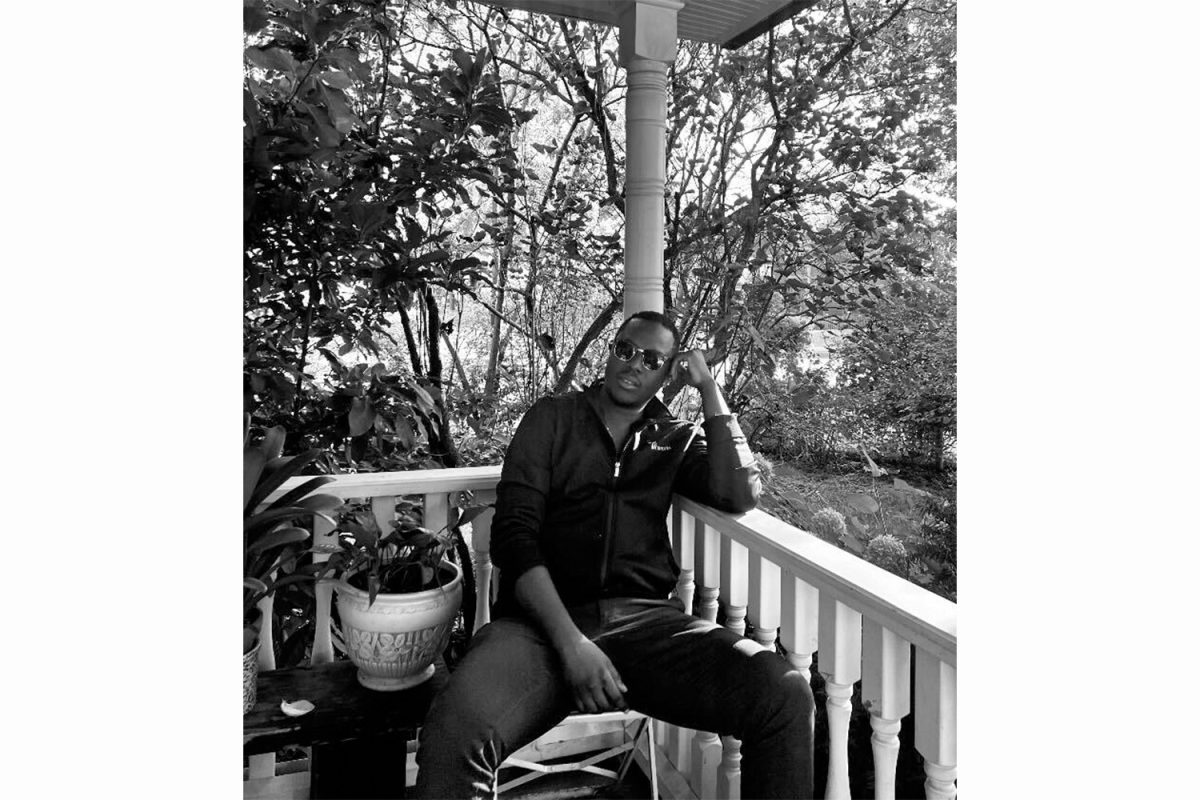Approximately one year after the devastating flood displaced and disheartened the UI School of Art and Art History, the largest piece of artwork to ever come out of its studio will be installed in the Decorah, Iowa, Trout Run Park.
The River Horizon Archway is a student public-art project designed by Bounnak Thammavong, a UI graduate student in sculpture. His work was chosen for the park through a countrywide competition. The Decorah City Council selected finalists, and the town’s citizens ultimately chose the winner by giving donations. The artist who received the largest amount of funds was selected.
Being chosen for this project meant more for Thammavong than just winning the competition. He had a connection with fishing in the park and town of Decorah, so he coalesced his personal experiences as a trout fisherman and his artistic abilities.
“Decorah holds a special place in my heart, and receiving this project was all the more meaningful,” he said.
The archway is meant to be beautiful, representing what he called “the extent of fishing in Decorah,” and functional as a structure that goes over the trail. In detail, the literal arch of the artwork is meant to symbolize the sun setting.
Other elements in the archway are intended to represent waves and streams of water. Thammavong intermingles touches of personal experience by including figures that are inspired by river currents.
Others involved in this student-run project include Michael Smeller, an undergraduate metals student, and Aruttapol Ruangkanjaneses, a sculpture graduate student. These students, with Thammavong, were the main constructors of the project. They received administrative assistance from the ceramics and metals faculty, along with studio technicians for safety issues.
The completion of the project also marks the strength and ingenuity of the art school after having to relocate and rebuild its facilities. Many art students were dumbfounded by the flood’s effect, but to Thammavong, “it was a blessing in disguise.”
“For me, it just seemed useless to labor over what we didn’t have,” he said.
For him and other art students, adjusting was a learning curve of adaptations and working around problems. Specifically, the metals facilities had to be rebuilt from the ground up.
Because of these experiences and tight quarters in the new arts facilities, students and faculty have built relationships across the different media in the art school. They act as proof that no matter the circumstances, art can still be created.
“If the need is in your heart, you just do,” Thammavong said.






